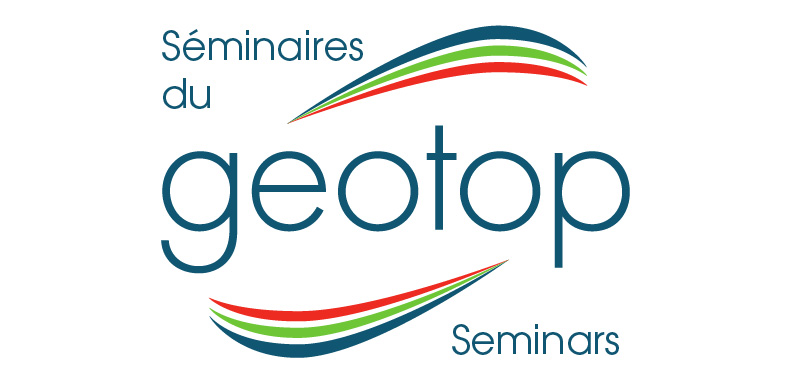Dre Adriane R. Lam - Reconstruction of the Kuroshio Current Extension through the Pliocene to earliest Pleistocene
Dre Adriane Lam (Binghamton U.)
Vendredi 19 novembre 2021 à 11h00 - Friday, Novembre 19, 2021 at 11:00 am
Gill Room, FDA 232, 3450 rue Université, Université McGill
https://mcgill.zoom.us/j/87575996613?pwd=c1VvVVI0Y1ZxQ2Y0Tml3MlZWeUtDQT09
Résumé / abstract:
The Kuroshio Current Extension (KCE) is the major northwest Pacific Ocean western boundary current as part of the North Pacific Subtropical Gyre. This region is home to some of the highest biodiversity in our world ocean today. This high biodiversity sustains Japan’s fishing industry, and supplies food for millions of people around the world. In addition, the current plays a large role in dispersal dynamics of marine organisms, such as the Japanese eel, and may be an area that promotes speciation. Today, the KCE is warming and shifting northward under increasing atmospheric carbon dioxide levels. However, it is currently unknown to what extent the current can shift north, how warm it can become and the rate of warming, and how these factors will affect marine organisms living in the current. To begin answering these questions, this study reconstructs the behavior of the KCE during the Pliocene to earliest Pleistocene (5–2.5 Ma), a time of tectonic gateway closure and climate shifts, when atmospheric CO2 levels were similar to today. Using stable isotopic analyses from surfacedwelling planktic foraminifera from three Ocean Drilling Program sites that lie across the modern-day
position of the KCE, we find that the current was highly sensitive to major global warming and cooling events. We also identify several times at which the current may have experienced latitudinal shifts. These data, combined with additional datasets, indicate the KCE has the potential to greatly warm under increasing atmospheric carbon dioxide concentrations such as those projected for the future.
Meeting ID: 875 7599 6613 Passcode: 215159

Reconstruction of the Kuroshio Current Extension through the Pliocene to earliest Pleistocene
Ajouter au calendrier
2021-11-19 11:00:00
2024-04-19 16:30:40
Dre Adriane R. Lam - Reconstruction of the Kuroshio Current Extension through the Pliocene to earliest Pleistocene
The Kuroshio Current Extension (KCE) is the major northwest Pacific Ocean western boundary current as part of the North Pacific Subtropical Gyre. This region is home to some of the highest biodiversity in our world ocean today. This high biodiversity sustains Japan’s fishing industry, and supplies food for millions of people around the world. In addition, the current plays a large role in dispersal dynamics of marine organisms, such as the Japanese eel, and may be an area that promotes speciation. Today, the KCE is warming and shifting northward under increasing atmospheric carbon dioxide levels. However, it is currently unknown to what extent the current can shift north, how warm it can become and the rate of warming, and how these factors will affect marine organisms living in the current. To begin answering these questions, this study reconstructs the behavior of the KCE during the Pliocene to earliest Pleistocene (5–2.5 Ma), a time of tectonic gateway closure and climate shifts, when atmospheric CO2 levels were similar to today. Using stable isotopic analyses from surfacedwelling planktic foraminifera from three Ocean Drilling Program sites that lie across the modern-day
position of the KCE, we find that the current was highly sensitive to major global warming and cooling events. We also identify several times at which the current may have experienced latitudinal shifts. These data, combined with additional datasets, indicate the KCE has the potential to greatly warm under increasing atmospheric carbon dioxide concentrations such as those projected for the future.
Meeting ID: 875 7599 6613 Passcode: 215159
Gill Room, FDA 232, 3450 rue Université, Université McGill
Geotop
admin@example.com
America/New_York
public



